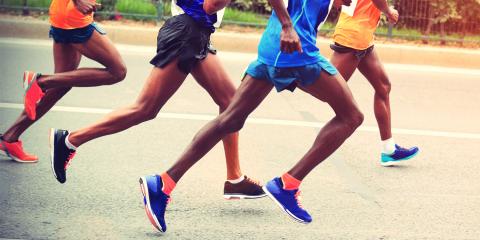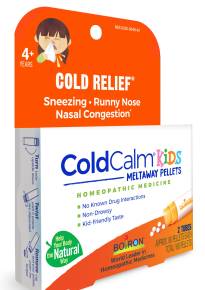When it comes to running, everybody needs to start somewhere. If you are a stranger to the track, the best way to get started is to physically pace yourself and ease into a healthy lifestyle. Below are a few helpful tips:
Walk Before—or While—You Run
Before you attempt to run as fast as the pros, you need to establish how much your body can take. If you consider yourself to be less than athletic, you may want to start running shorter distances. If you have been athletic in the past but put fitness on the back burner, you may be able to run faster or farther, but still may want to ease into increasing distance and speed.
Health experts have noted that a mixture of walking and running is a good strategy for new runners. With this method, a person will switch between walking and running for the duration of his or her workout. For example, articles appearing in The New York Times suggest that a beginner should run for 10 to 30 seconds and then walk for 1 to 2 minutes, repeating for the entirety of their workout. As a person gains more confidence and experience, their running time will increase as their walking time decreases. For example, an experienced runner may spend six to eight minutes running and 30 seconds to one minute walking.
A Winning Warmup
Many know that warming up and stretching can increase flexibility of muscles and joints, contributing to a safer workout.
Walking briskly for up to 10 minutes before a run can prepare your legs and major muscle groups for more exertion. Stretching your arms and legs in different directions will also help your joints gain a wider range of motion.
People often avoid warmups because they find them boring. Check out these underrated warmups from BarBend.
Prepare with Protein
According to British Sports Nutritionist James Collins, each type of preparation day requires a different meal plan. For example, on a day of rest or relaxed workouts, a person should eat more protein and ditch foods that are high in carbs. One strategy to prevent hunger throughout the day can involve eating a protein-rich breakfast.
On a day with a heavy workout, Collins suggests that a person may want to increase their carbohydrate intake. Additionally, eating protein-packed snacks or dinners after a workout will help the body recover and boost overnight muscle growth.
Collins notes that one should drink plenty of water to boost hydration. Other important nutrients include omega 3s, often found in fish, which prevent and reduce inflammation. Additionally, antioxidant-rich foods such as vegetables can reduce free-radical damage caused by training.
Know Your Limits
If you have a prior health condition, consult your healthcare practitioner to create the best workout plan for you.
While a moderate level of running is good for the heart and longevity, a recent study found that shorter lifespans and cardiac risks are linked to those who ran or overexerted themselves too often.
According to the Huffington Post, five signs of running too much include trouble sleeping, general fatigue, lingering soreness, moodiness, and an increased resting heart rate.





